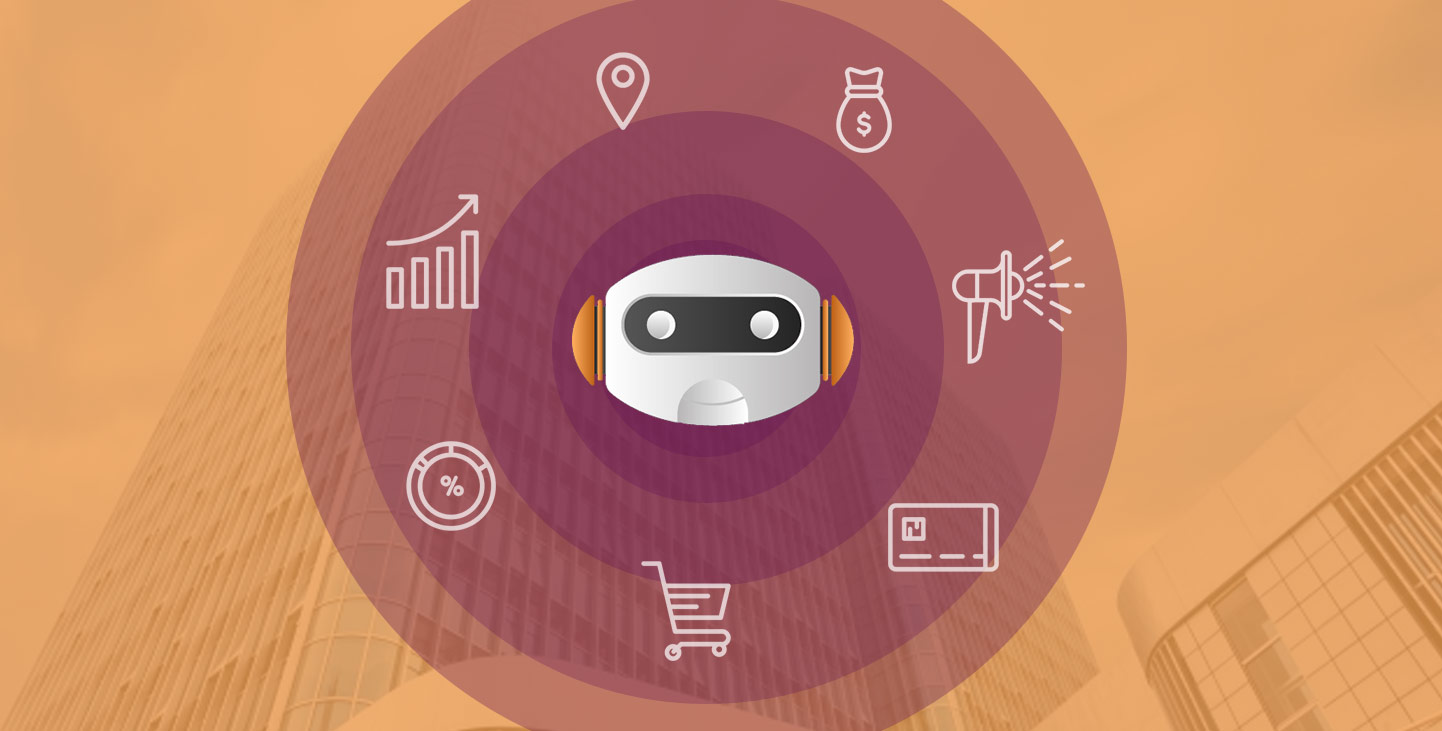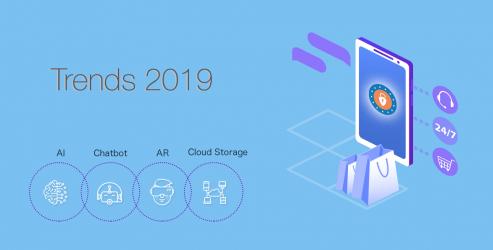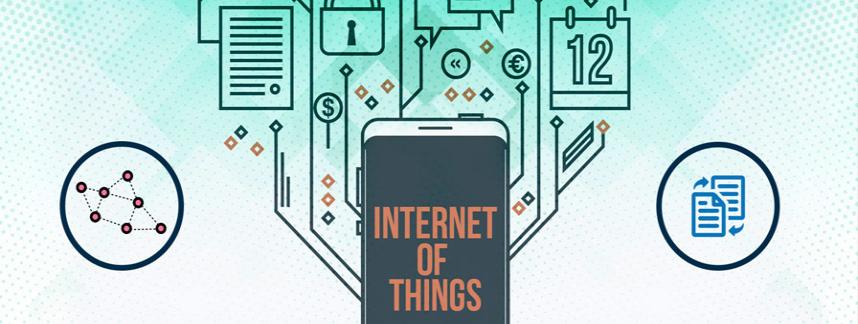
From booking a table with your favorite restaurant to scheduling an appointment with your doctor to procuring an insurance policy to booking a flight ticket, and much more - probably you can do all being online with the help of a talking bot, or the so-called chatbot.
The very essence of this technological innovation is - user engagement in a human-centric way. What was totally a Sci-Fi kind of thing a few years ago is now a reality.
How it Contributes to the Business Bottom Line
The automation of brand awareness, customer acquisition, and customer service operations enables businesses to expedite delivery, deliver relevant information to the users and serve them the way they want. Thus, it helps with enhancing the customer experience and cutting the operational cost.
What Exactly is Talking Bot?
The phrase itself conveys the broad sense that really matters to an online business. This is a software piece that listens (text/voice), converts analog to digital, interprets, retrieves information, translates digital information to analog format, and eventually responds to the users.
Must read: Why Google, Microsoft, IBM & Tech Companies are Investing in Chatbot?
Talking Bot Architecture
Check the flow of the information across different constituents of the chatbot ecosystem.
Learn how the chatbot and its server handles the user?s query.
1. Input Information
The input platform could be a website, instant messaging platform like Facebook Messenger, or virtual assistants (hardware devices) like Google Home or Amazon Alexa.
2. Conversion (Analog to Digital)
A webhook transfers information into and out of a web app through simple HTTP requests containing data in a structured format (JSON, in TextIt's case).
3. Request Router
Based on the structured data type, it?s routed to the right data repository called as Text/Voice/Template handler to seek the response to the placed query.
4. Text/Voice/Template Handler
This is a database equipped with natural language processing and machine learning technologies. Pure text requests are handled by the Text Handler and parameterized requests are handled by the Template Handler
Tools & Technologies
Server-Side Technologies
- Java
- Python
- Lisp
- C
- REST/Web Framework
- Spring (Java)
- Maven (Java Dependency Management)
- Django (Python)
Chat Libraries
Numpy, Cython, IPython, MatPlotLib (Python Based).
Scipy (Python Based).
Another platform for non-programmers is Motion.ai where you integrate your bot with various messenger platforms: SMS, FB Messenger, Slack, and Smooch.
Front End Technologies
Node & NPM: Installing and managing front-end packages
Bootstrap: Responsive CSS Framework
React: For Javascript Interactions and building interactive UI Components
WebPack: Bundler used for compiling React JSX to the browser compatible and minified JS as well as LESS to CSS.
Must read: Top 10 Powerful Platforms for Chatbot Development
Platform Wrappers
Messenger4j: Facebook Messenger Wrapper
jSlack: Slack Wrapper
APIs
Jena: For Querying DBpedia using SPARQL
Genesis: For entity summarization and fetching related and similar entities
DBpedia Lookup: Resolving text to DBpedia Entities
DBpedia Spotlight: Resolving text to DBpedia Entities
TMDB: For fetching Movie and TV Show information
Tools
IntelliJ: Java IDE
DevOps
Git: Version Control
GitHub: Version Control Management
GitLab: Continuous Integration
Docker: Containerization
Testing: jUnit
How much does it cost to build a chatbot? Well, a lot of factors has to be kept in mind ranging from the technologies and tools required, the expertise of the chatbot developer, region/economy the developer belongs to, and, most importantly, the complexity of the task that the chatbot will handle - to decide the cost. However, one of our previous blog provides an overview of the chatbot development cost.











